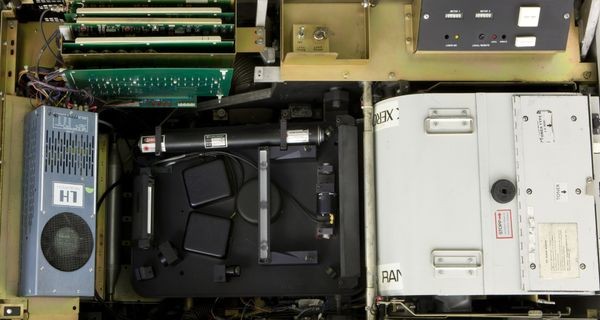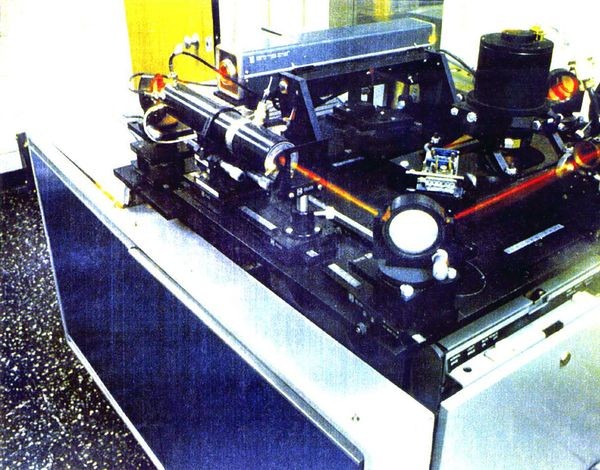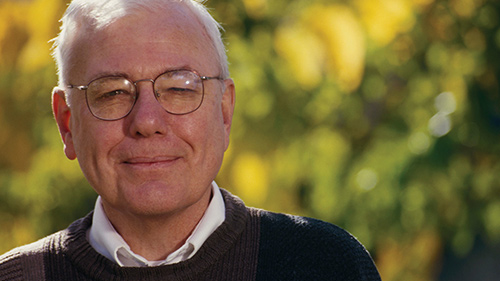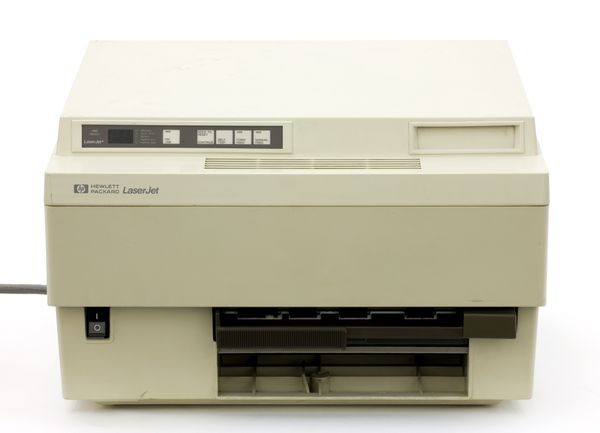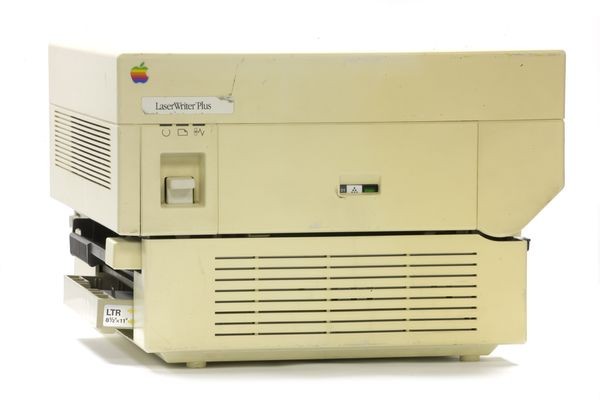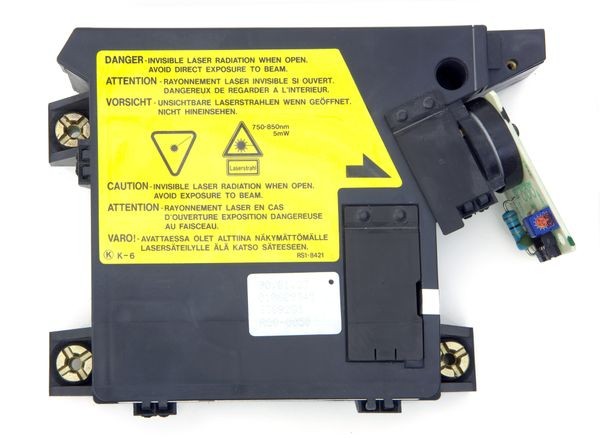Laser Printers
Dover laser printer
The Dover was a prototype for Xerox’s first commercial laser printer, the 9700, which printed 120 pages per minute on standard paper.
Laser Printers
Xerox physicist Gary Starkweather realized in 1967 that exposing a copy machine’s light-sensitive drum to a paper original wasn’t the only way to create an image. A computer could “write” it with a laser instead.
Xerox wasn’t interested. So in 1971, Starkweather transferred to Xerox PARC, away from corporate oversight. Within a year, he had built the world’s first laser printer, launched a new era in computer printing…and earning billions for Xerox.
Unlike the company’s Xerography process, however, Xerox had to share the laser printer market. IBM and Canon soon developed competing products.
Xerox PARC Scanning Laser Output Terminal (SLOT)
Gary Starkweather prototyped the first laser printer by modifying a standard Xerox office copier. It printed 60 pages a minute at 500 dots per inch. It took almost five years to produce a commercial version: the huge, expensive 9700.
View Artifact DetailGary Starkweather
Starkweather is shown with one of his early experimental laser-printer optical systems.
View Artifact DetailIBM 3800 Model 1 laser printer
IBM beat Xerox to market with its 3800 laser printer, which could print more than 350 pages a minute on continuous, fan-folded paper.
View Artifact DetailHP LaserJet ("LaserJet Classic") laser printer
HP’s fourth laser printer cost much less than other laser printers, yet still offered excellent print quality. First-year sales exceeded 250,000.
View Artifact DetailPostScript lapel button
Computers needed special software for each early laser printer. John Warnock and Charles Geschke’s 1984 PostScript was the first “universal” language for laser printers.
View Artifact DetailApple LaserWriter Plus laser printer
The LaserWriter was expensive compared to the cost of a small computer. But the PostScript printing software made it easy to combine text and graphics into attractive output, similar to that of much more expensive specialized systems.
View Artifact DetailLaser and optics assembly, SX-type
This was the heart of Canon’s second mass-market laser-printer, the LBP-SX. The Hewlett-Packard LaserJet II and Apple LaserWriter II were essentially relabeled LBP-SX engines with additional software.
View Artifact Detail